Author: Martin Keen
Fermentation is arguably the fascinating aspect of the beer making process, responsible not only for the conversion of sugar into alcohol and carbon dioxide, but the production of certain notable characteristics. Whereas some of these are desired, others are typically avoided, and one way brewers modulate the development of these byproducts is through fermentation temperature control, with warmer environments encouraging the expression of fruity esters, hence the reason lagers are commonly fermented cool.
An alternative that has gained a lot of attention lately involves fermenting under pressure, which purportedly suppresses ester and fusel alcohol development. By allowing brewers who either don’t have the ability to ferment cool or prefer faster turnaround times to produce lagers. Many claim that by fermenting under 10 to 20 psi, a lager beer can be held at ale temperature or even warmer while maintaining its expected clean flavor profile, resulting in a substantially reduced fermentation time.
During a recent chat with the guys from Clawhammer Supply, they let me know they partnered with White Labs to release a proprietary strain, WLP808 Mythical Hammer, that they explained is a lager yeast blend intended to work well with pressurized fermentation. Admittedly skeptical based on so many past xBmts on fermenting under pressure indicating it has minimal if any perceptible impact, I was excited to collaborate with White Labs on this xBmt, as they agreed to do some lab testing to supplement our sensory analysis.
| PURPOSE |
To evaluate the differences between a German Helles Exportbier fermented at 68˚F/20˚C under no pressure and one fermented under 12 psi of pressure.
| METHODS |
I went with a simple German Helles Exportiber recipe for this xBmt, as it seemed a good choice considering the variable.
Burns A Building Down
Recipe Details
| Batch Size | Boil Time | IBU | SRM | Est. OG | Est. FG | ABV |
|---|---|---|---|---|---|---|
| 4.9 gal | 60 min | 24.9 | 5.1 SRM | 1.056 | 1.007 | 6.43 % |
| Actuals | 1.056 | 1.007 | 6.43 % | |||
Fermentables
| Name | Amount | % |
|---|---|---|
| Modern Pilsner | 10 lbs | 90.91 |
| Munich Malt | 8 oz | 4.55 |
| Vienna Malt | 8 oz | 4.55 |
Hops
| Name | Amount | Time | Use | Form | Alpha % |
|---|---|---|---|---|---|
| Hallertauer Mittelfrueh | 35 g | 60 min | Boil | Pellet | 4.5 |
| Hallertauer Mittelfrueh | 10 g | 10 min | Boil | Pellet | 4.5 |
| Tettnang | 10 g | 10 min | Boil | Pellet | 2.2 |
Yeast
| Name | Lab | Attenuation | Temperature |
|---|---|---|---|
| Mythical Hammer (WLP808) | White Labs | 79% | 50°F - 55°F |
Notes
| Water Profile: Ca 114 | Mg 19 | Na 8 | SO4 183 | Cl 124 |
Download
| Download this recipe's BeerXML file |
After collecting the full volume of filtered tap water for a 10 gallon/38 liter batch, adjusting it to my desired profile, and getting it heating up, I milled the grain.
When the water was properly heated, I added the grains then set my Clawhammer Supply 240v controller to maintain my target mash temperature.
Once the 60 minute mash was complete, I removed the grains and brought the wort to a boil, adding hops at the times listed in the recipe.
Following the 60 minute boil, I ran the wort through my Exchilerator Maxx while splitting it between identical fermenters.
A refractometer reading showed the wort was at my target OG.
I then pitched a pack of WLP808 Mythical Hammer into each batch of wort.
Next, I put 12 psi of pressure on one of the fermenters while the other was left at ambient pressure, then both were left to ferment at 68°F/20°C.
After 10 days, fermentation activity was absent in both batches, so I took refractometer readings showing a very slight difference in FG.
At this point, I cold crashed the beers to 32°F/0°C overnight before pressure-transferring each to CO2 purged serving kegs that were placed on gas in my keezer. After a 3 week lagering period, the beers were carbonated and ready for evaluation.
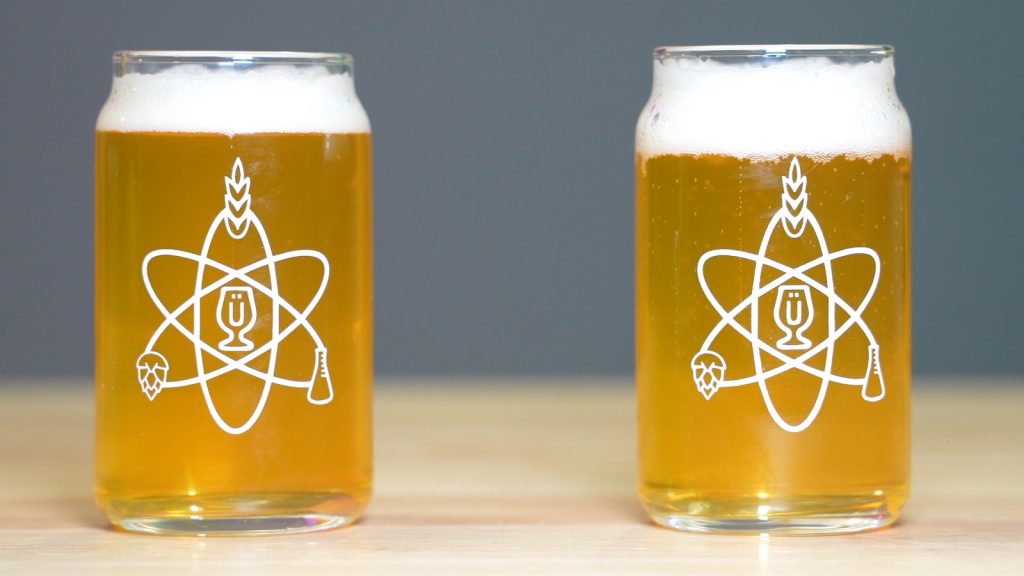
| RESULTS |
A total of 20 people of varying levels of experience participated in this xBmt. Each participant was served 2 samples of beer fermented at ambient pressure and 1 sample of the beer fermented under 12 psi of pressure in different colored opaque cups then asked to identify the unique sample. While 11 tasters (p<0.05) would have had to accurately identify the unique sample in order to reach statistical significance, only 6 did (p=0.70), indicating participants in this xBmt were unable to reliably distinguish a German Helles Exportbier fermented at 68°F/20°C with a lager yeast under ambient pressure from one fermented under 12 psi of pressure.
My Impressions: Out of the 5 semi-blind triangle tests I attempted, I correctly identified the odd-beer-out precisely 0 times. To my palate, these beers were identical in every way, both possessing the expected malt and hop balance with no notable off-flavors. I feel these were some of the best beers I’ve brewed to date.
LAB DATA
White Labs generously agreed to analyze these beers in their lab, which given the widespread claims about pressurized fermentation of lager beers, we were quite excited about. To keep any potential bias as minimal as possible, I ambiguously labeled the cans I sent in such that all the lab tech new was that they were different. In terms of common stats, these beers were very similar.
| TEST | 0 PSI SAMPLE | 12 PSI SAMPLE |
| Alcohol by Volume | 6.45% | 6.60% |
| Specific Gravity | 1.007 | 1.007 |
| Color (SRM) | 3.68 | 3.73 |
| pH | 4.3 | 4.46 |
| Bitterness Units (BU) | 7 | 9 |
Perhaps more interesting is the lab data on the concentrations of a handful of compounds known to impart beer with a range of characteristics, all of which are largely viewed as inappropriate in pale lagers. Note – all concentrations in the chart below are reported in parts per million (ppm).
| COMPOUND | 0 PSI SAMPLE | 12 PSI SAMPLE | THRESHOLD | DESCRIPTION |
| Higher Alcohols | ||||
| 1-Propanol | 21.83 | 18.52 | 800 | Alcohol, musty |
| Isobutanol | 34.37 | 19.38 | 200 | Alcohol, sweet, musty |
| Esters | ||||
| Ethyl Acetate | 19.5 | 24.12 | 33 | Pear, solvent, sweet |
| Ethyl Hexanoate | 0.04 | 0.06 | 0.23 | Apple peel |
| Ethyl Octanoate | 0.57 | 0.59 | 0.9 | Apricot, floral |
| Isoamyl Acetate | 0.77 | 0.66 | 1.4 | Banana |
| Vicinal Diketones (VDK) | ||||
| Diacetyl | 0.026 | 0.036 | 0.15 | Butter, slick |
| 2,3 Pentanedione | < 0.015 | < 0.015 | 1 | Sweet, honey, toffee |
| Aldehydes | ||||
| Acetaldehyde | 1.53 | 3.44 | 25 | Green apple, pumpkin |
| DISCUSSION |
Traditionally, lager beers were fermented with yeast strains that perform well in cooler environments, which suppresses the development of various compounds widely viewed as undesirable for such styles. This approach creates a barrier for those who don’t have the time or necessary equipment to engage in this process, leading some to experiment with alternative methods like pressurized fermentation, which purportedly suppresses off-flavor development despite warm fermentation temperatures. Interestingly, tasters in this xBmt were unable to reliably distinguish a German Helles Exportbier fermented at 68°F/20°C with a lager yeast under ambient pressure from one fermented under 12 psi of pressure.
Based solely on the sensory data, some might be compelled to believe both beers likely possessed similarly perceptible levels of off-flavors, and that a higher pressure would have led to a more notable difference. However, while the lab data on these beers indicated some minor differences in certain compounds between the samples, the concentrations thereof fell below commonly accepted organoleptic thresholds for both.
Having administered a number of triangle tests, I’ve developed some confidence in its ability to determine general perceptible differences, but objective lab data is inarguably more poignant. The fact the lab data on these beers aligns with the sensory analysis findings has some interesting implications. Not only does it further support the notion that pressurized fermentation may not have the positive impact many believe it does, but considering the lower-than-threshold concentrations of undesirable compounds in the sample fermented at ambient pressure, it also suggests the warm fermentation temperature didn’t have the disastrous effect brewers so often worry about. Fascinating…
If you have any thoughts about this xBmt, please do not hesitate to share in the comments section below!
Support Brülosophy In Style!
All designs are available in various colors and sizes on Amazon!
Follow Brülosophy on:
FACEBOOK | TWITTER | INSTAGRAM
If you enjoy this stuff and feel compelled to support Brulosophy.com, please check out the Support page for details on how you can very easily do so. Thanks!


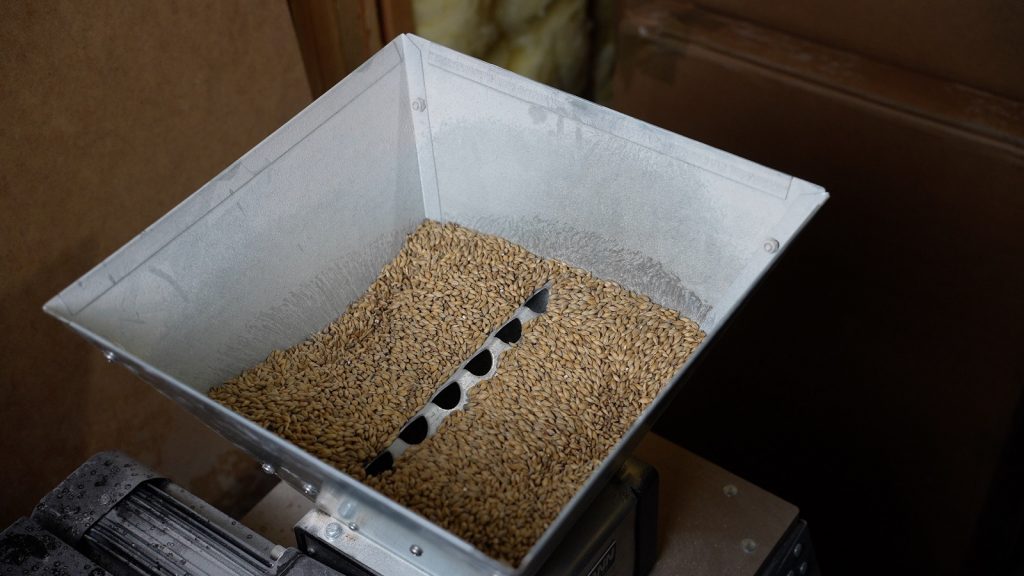
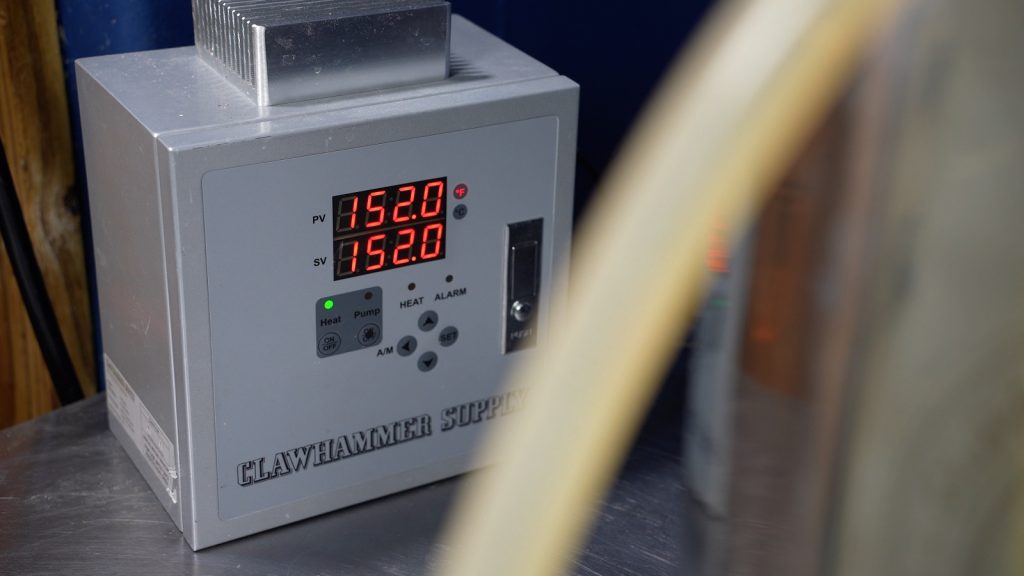
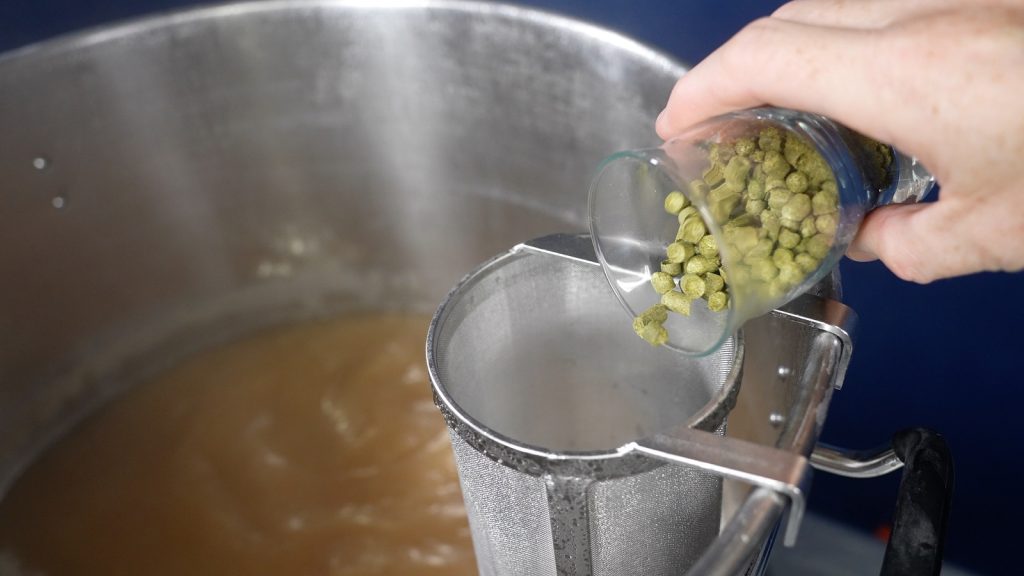
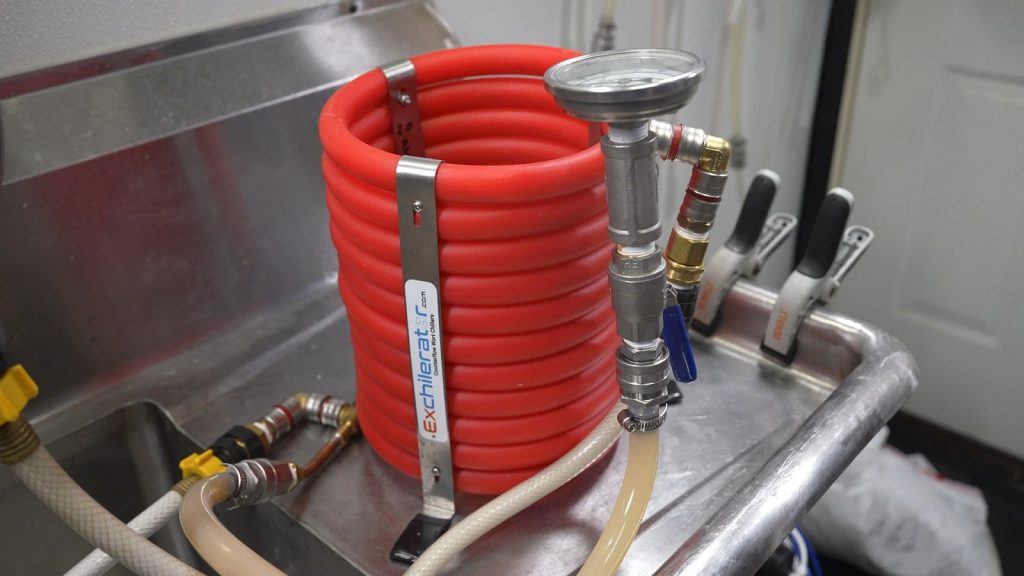
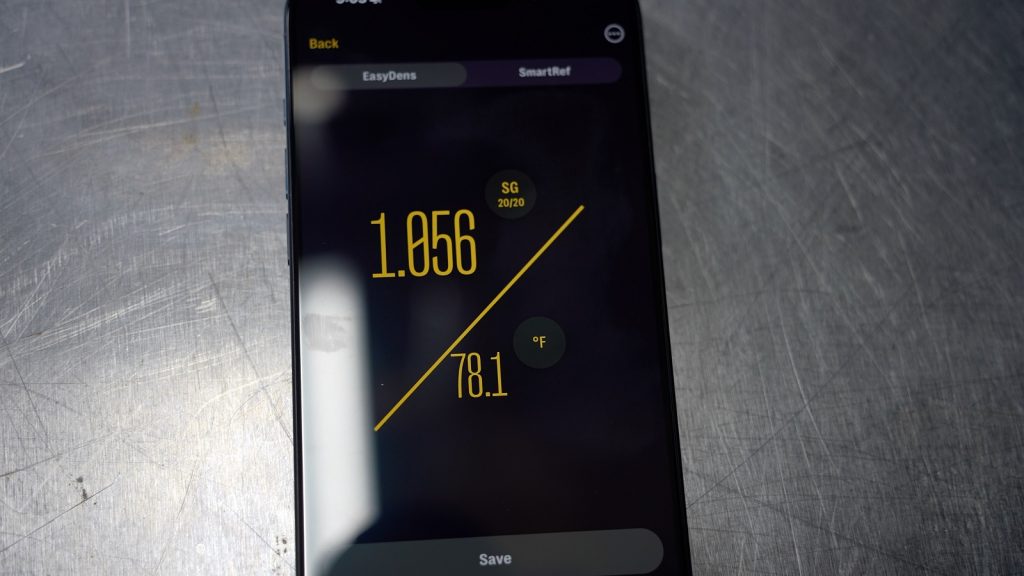
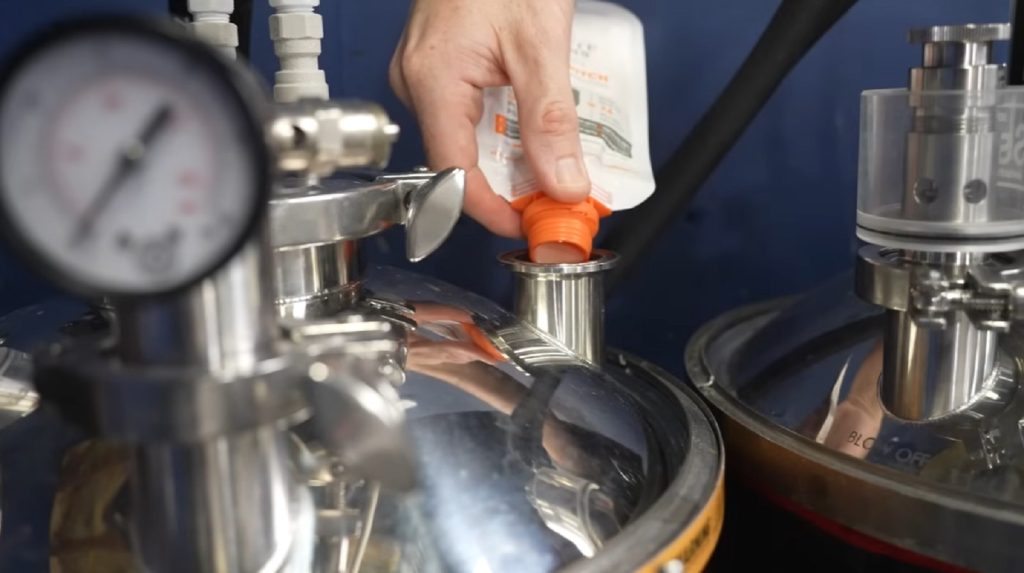
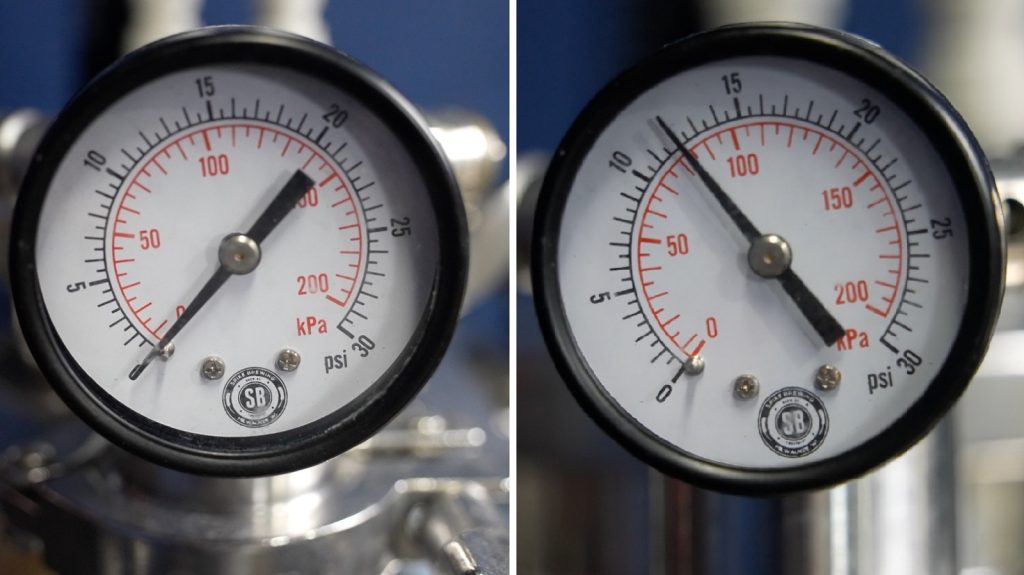
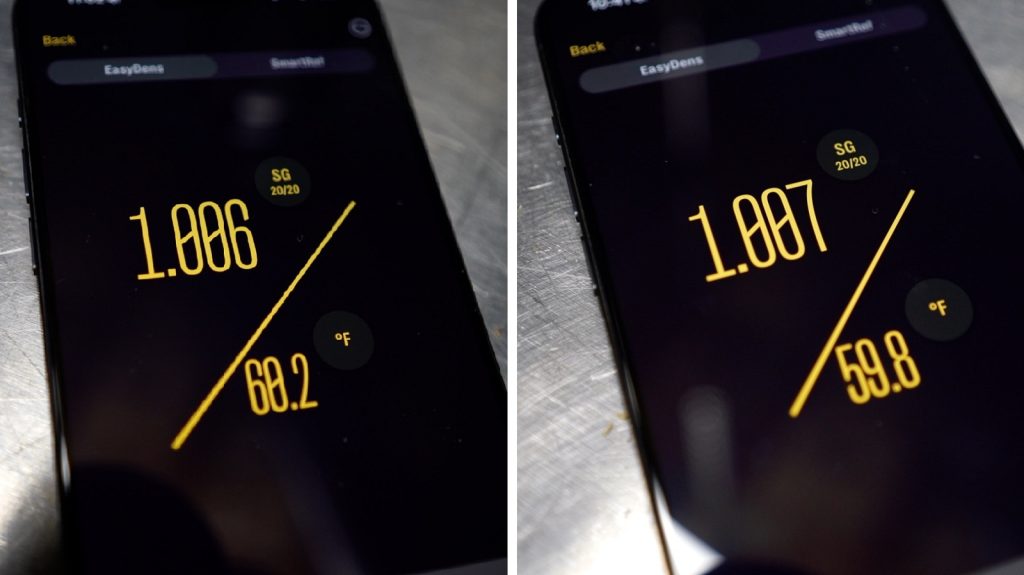











12 thoughts on “exBEERiment | Impact Pressurized Fermentation Has On A Warm Fermented German Helles Exportbier”
Really nice experiment, especially with the lab data. Do you have any idea which strains are in 808?
I love that the lab data supports the sensory tasting data. Maybe Brülosophy tasters aren’t so bad after all.
Very interesting that a split wort batch that had identical lab-tested FG’s would have differences in ABV. Not a ton but not zero either.
Though all entirely below threshold, pressure resulted in less higher alcohols but *more* VDK’s, aldehydes and esters, contrary to the popular opinion.
I ferment under pressure and will continue to do so for the one indisputable benefit of pressurized fermentation – faster carbonation. A 12 psi batch at 65F will have 1.58 volumes of CO2, a great start to the eventual 2-2.5 volumes final carbonation level.
What the lab data tells me is that pressurized fermentation does “something”, but since the baseline beer has such a low level to begin with, it makes sense that there is no discernable difference on the palate.
What is interesting to me is that ethyl acetate was increased, while isoamyl acetate was decreased in the pressurized fermentation. So the effect on esters isn’t univeral across the board (at least based on this beer).
Also, and this is a bit of a reach here, but if the higher pressure suppresses isoamyl acetate production you could extrapolate in the opposite direction and say that this trend may support the thought that an open ferment can increase banana character in a hefeweizen.
I am curious about the IBU findings. 7 and 9 from the lab but the recipe target is 50. Why the huge gap. 50 seems to high and 9 too low for this style. Interesting findings though. I am in Colombia and am going to make our local microbrewery aware of this experiment. I wonder if the yeast has any resemblance to a Kveik or Weihenstephan strains.
THe target IBU was 24.9 which seems to be in line with a Dortmunder (Helles Export) and just above 6% also in line. I am curious about the labs BU measurement vs. the IBU system we talk about all the time, if they are the same or different units.
The recipe says 25 IBU. IBUs are typically way off in real life, there are some other experiments/labs regarding this on this site.
Were the batches fermented at 68 F or 60 F? The paragraph says 68 F but the sample measurement image shows ~60 F.
How can this be called a Helles Exportbier with an IBU of 50 and an ABV of 6.43%? That is not a Helles Exportbier and more like a Bitter IPA. When doing these experiments, please stick to the beer’s characteristics. Otherwise, you are losing credibility.
I thought the exact same thing. What kind of Exportbier is this?
What do you think caused such a big difference between calculated and measured IBUs? 50 IBUs compared to 7 or 9 is huge! Supposedly a B*d L***t is hoppier than that. Could the lab have made a mistake?
Thanks a million for a really cool & interesting study. You are a very articulate writer, and the depth of your brewing knowledge blows my mind. I really enjoy your contributions & hope you will stay the course & keep up the good work. You are helping tons of us improve our brews. Thanks again, cheers